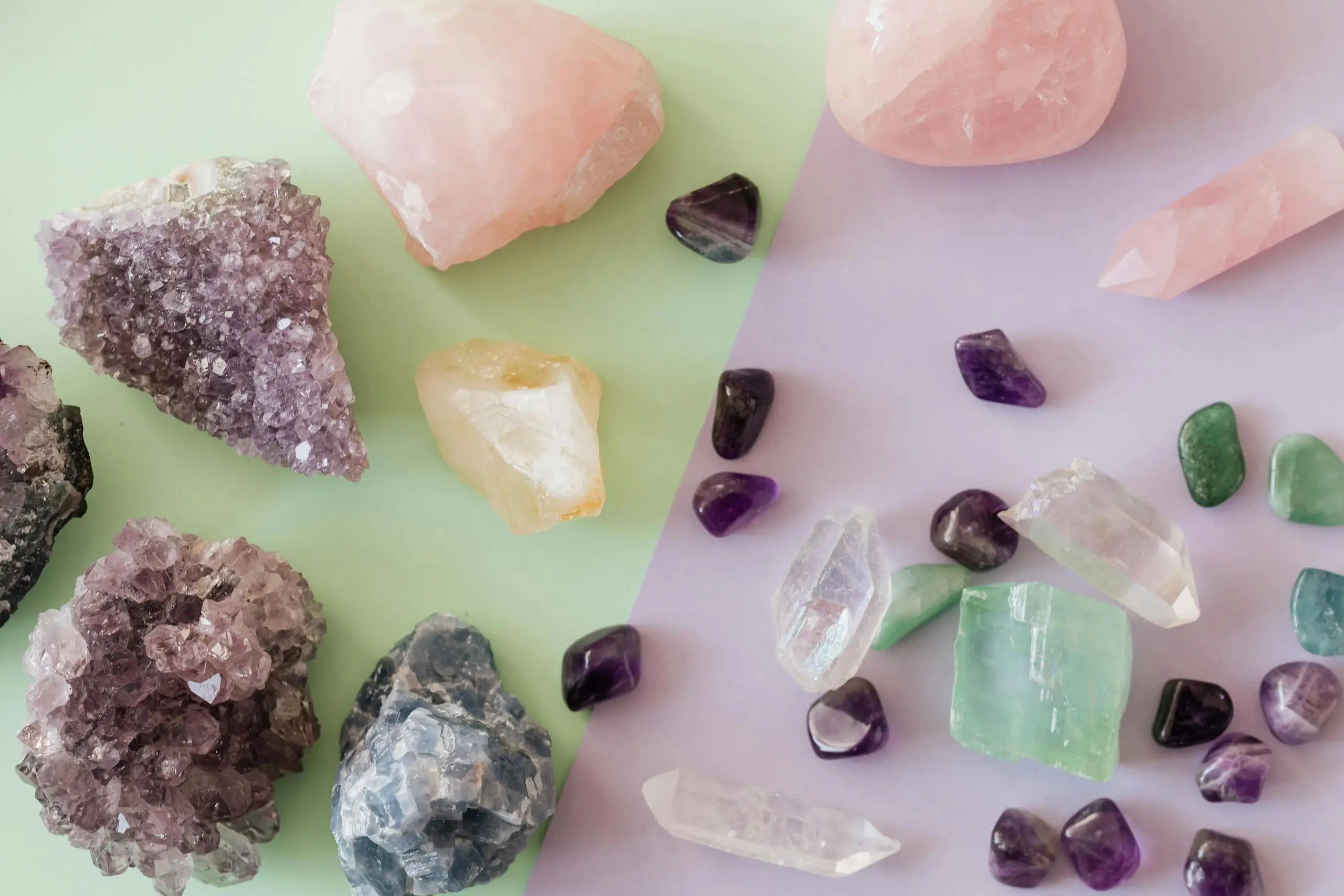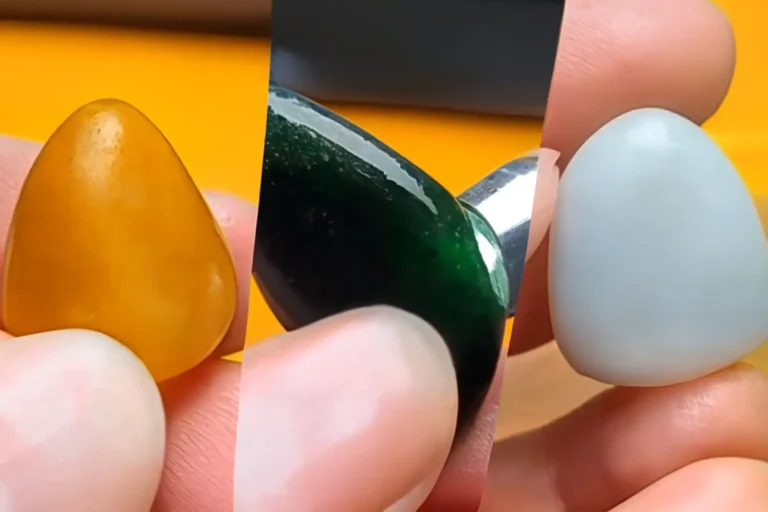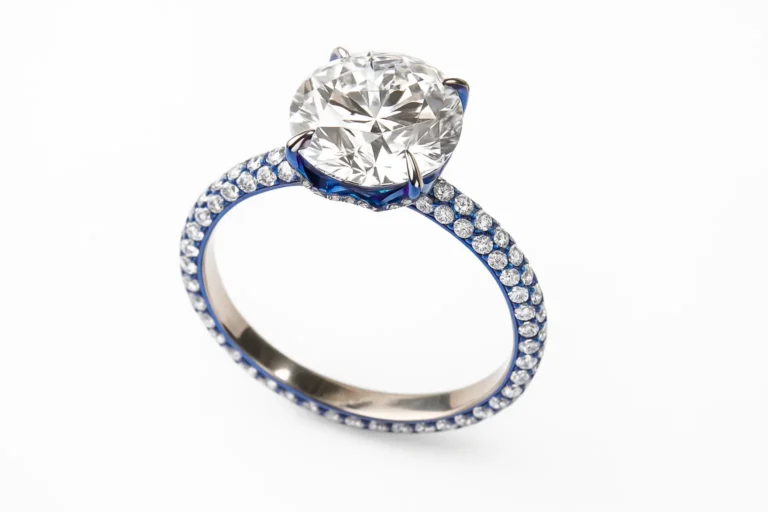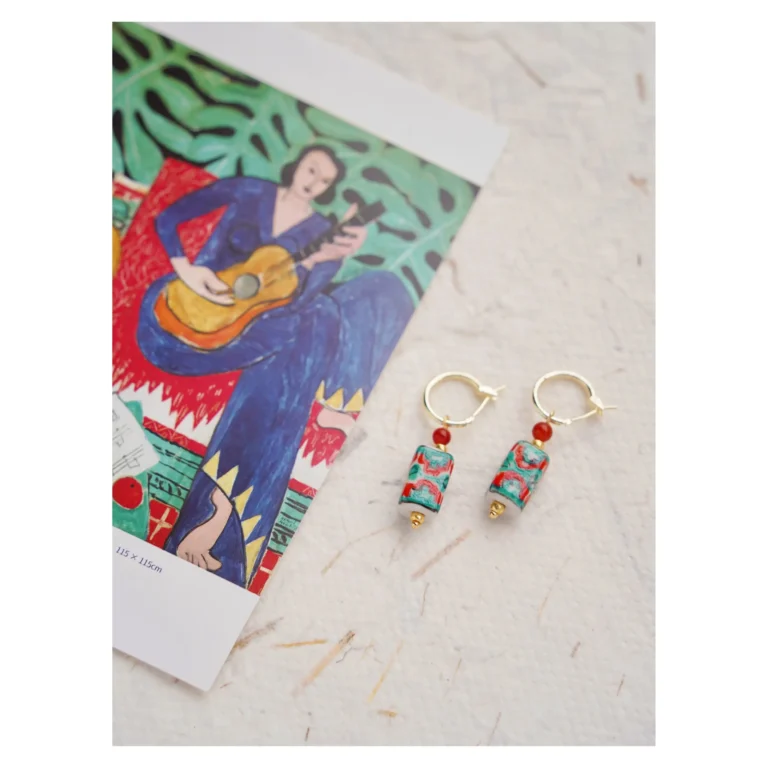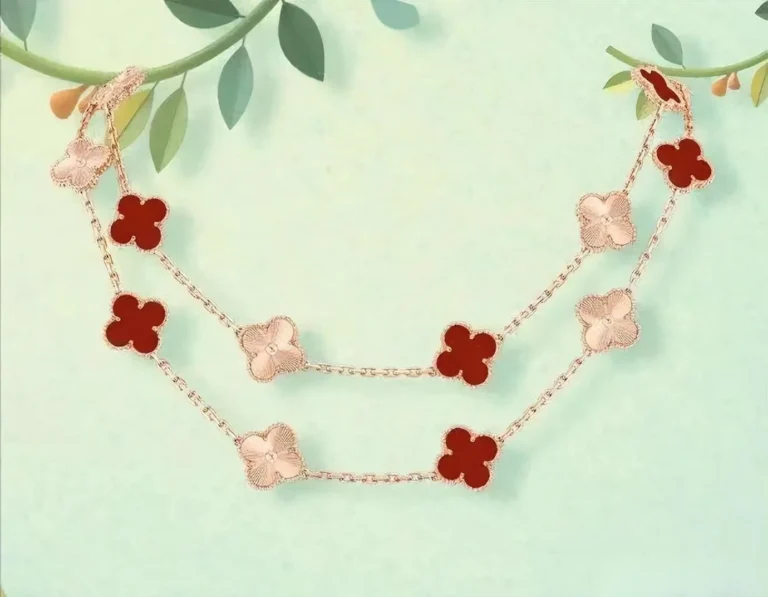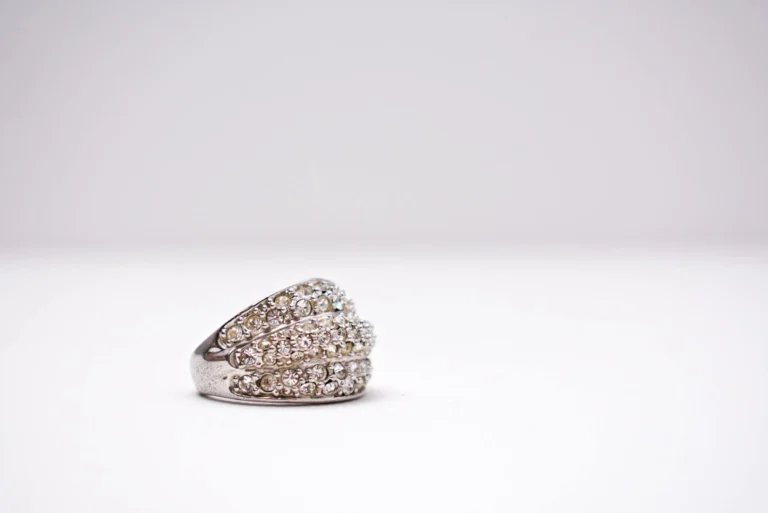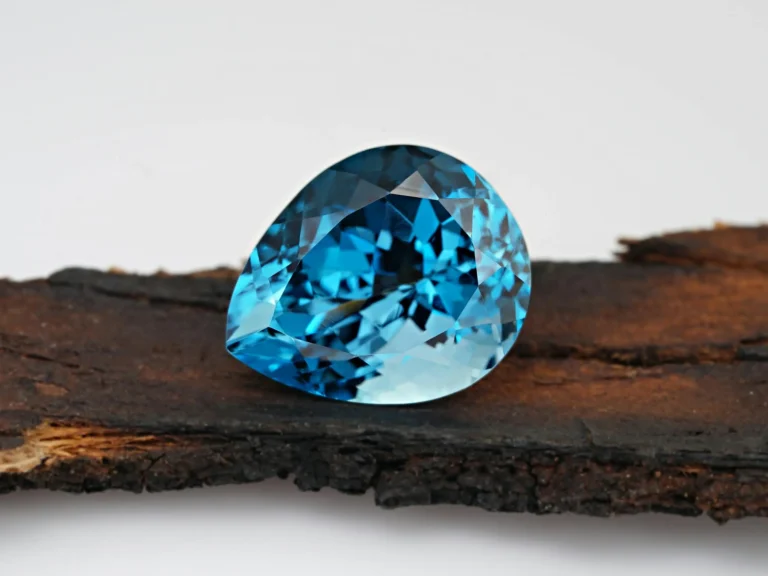Jasper vs. Nephrite Jade: The Confusing World of Red “Jade” Explained
In the world of gemstones and jade, the Chinese term “Bi Yu” (碧玉) is one of the most confusing names. Many people automatically associate it with Hetian jade, but in reality, the distinction between Jasper vs Nephrite Jade is crucial: “jasper” (often translated as 碧玉 in Chinese) is a quartz-based stone with little in common with nephrite jade, the cornerstone of traditional Chinese jade culture.
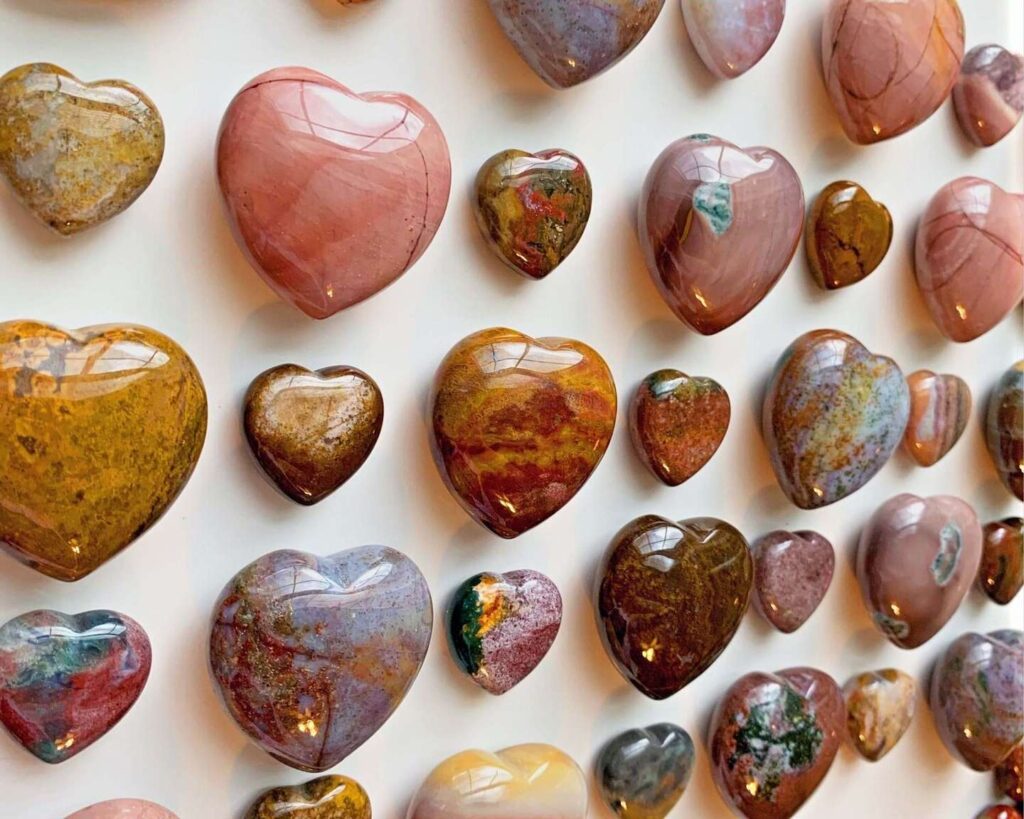
What Is Jasper vs Nephrite Jade?
- Jasper (quartz-based “Bi Yu”) → Belongs to the microcrystalline quartz family, valued for its decorative colors and patterns, more of a semi-precious stone than a true jade.
- Nephrite Jade / Bi Yu (Hetian jade system) → Belongs to the amphibole mineral family, with excellent toughness and a core role in Chinese jade culture, and a wide variety of colors.
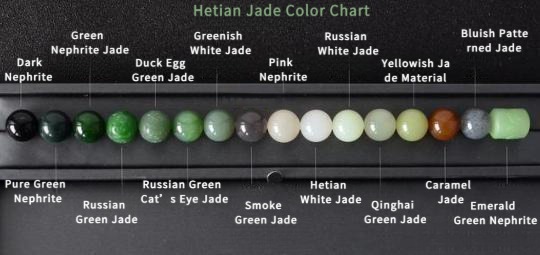
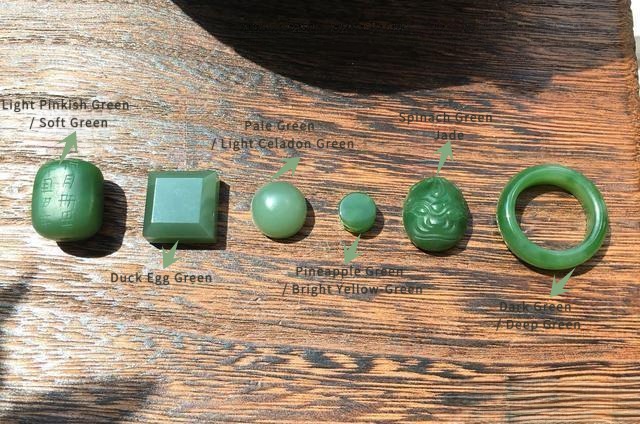
Today, let’s explore both types of “Bi Yu,” focusing on their origins, value differences, and finally reveal the truth behind the so-called “red jasper.”
Why the Name “Bi Yu” Causes Confusion in Jasper vs Nephrite Jade
In Chinese culture, jade classifications go back thousands of years, with countless varieties named after color, texture, or origin. But in the English-speaking world:
- Jasper refers to a type of chalcedony (cryptocrystalline quartz) with many impurities that create vivid colors and patterns.
- Jade / Nephrite jade refers to amphibole-rich minerals like tremolite and actinolite.
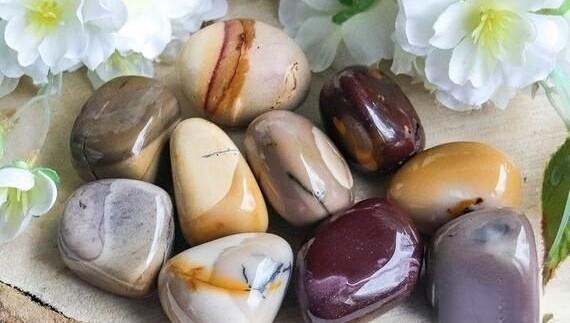
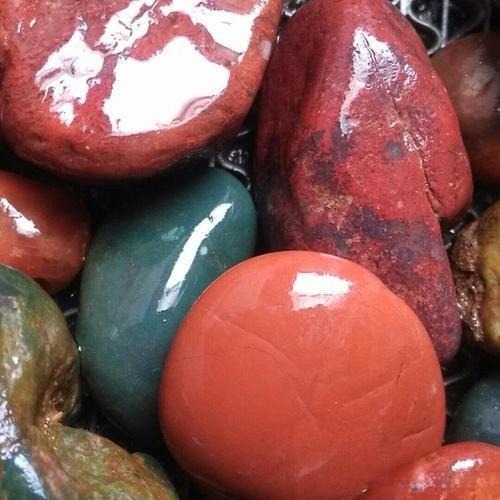
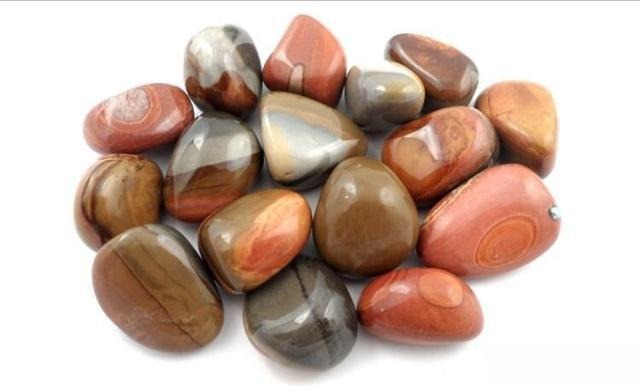
Their mineral composition, physical properties, and carving potential are completely different.
Here’s a simplified comparison:
| Category | Hetian Jade “Bi Yu” (Nephrite) | Quartz-Based “Bi Yu” (Jasper) |
|---|---|---|
| Mineral composition | Tremolite–Actinolite (amphibole family) | Microcrystalline quartz (SiO₂) + impurities |
| Structure | Fibrous, dense intergrowths | Cryptocrystalline, often with inclusions |
| Transparency | Semi-transparent to slightly translucent | Mostly opaque |
| Hardness (Mohs) | ~6.0–6.5 | ~6.5–7 |
| Toughness | Very tough, resistant to fracture | More brittle, prone to cracks |
| Market positioning | High-end collectible jade | Decorative or semi-precious gemstone |
| English term | Nephrite jade | Jasper |
In gemology, “jade” refers to two mineral systems: nephrite (soft jade) and jadeite (hard jade). Both carry market value.
Jasper, on the other hand, is firmly within the quartz family and unrelated to jade.
So, when someone says “This is Bi Yu,” the key question is: do they mean nephrite jade (green Hetian jade) or quartz jasper?
Nephrite Jade “Bi Yu” – The Green Variety in the Hetian Jade Family
Within the Hetian jade system, nephrite is subdivided into categories like white jade, green jade, black jade, and sugar jade. “Bi Yu” refers to the green-colored nephrite variety.
Key Features
- Color spectrum
Shades include spinach green, apple green, gray-green, yellow-green, and even dark ink green. Collectors often refine these into sub-categories such as “duck-egg green” or “powder green.” - Inclusions
Tiny black mineral specks (graphite, mica, etc.) are common. Sometimes they form attractive textures, but too many reduce value. - Texture and translucency
Fine-grained, dense nephrite with a soft luster and good translucency commands higher value. Rough, coarse, or cracked material ranks lower.
In short, Bi Yu here is not a separate mineral but simply the green category of nephrite jade.
Origins and Value Differences
- Russian Bi Yu (Russian Nephrite)
- Currently the mainstream in high-end markets.
- Features: vivid spinach-green tones, high oiliness, excellent texture.
- Fine pieces can rival or exceed certain Hetian white jade in price.
- Canadian Bi Yu
- Large deposits, but colors lean toward dark green or ink green.
- Often contains black inclusions, coarser texture.
- Extremely tough, making it ideal for large carvings, but market price is lower than Russian Bi Yu.
- Xinjiang Manas Bi Yu
- A historic Chinese origin.
- Features: gray-green to dark green colors, with common black specks.
- Less common today due to reduced mining, valued more for heritage than current quality.
Value drivers: color saturation, oiliness (fine texture), and clarity (low inclusions).
With the growing popularity of nephrite(Bi Yu), the market has seen an influx of counterfeit and low-quality stones. Buyers often struggle to distinguish genuine Hetian jade from its imitators. To avoid costly mistakes, it’s crucial to know what sets authentic Bi Yu apart from the fakes.
For expert tips on identifying real Hetian jade, check out our article: The Nephrite Deception: Your Expert Guide to Authentic Hetian Jade and Its Natural Imposters.
Jasper – The Quartz-Based “Bi Yu” in Global Markets
In the global gem trade, “jasper” is a widely recognized material. It is opaque, microcrystalline quartz filled with iron oxides, clays, and other impurities that create spectacular patterns.
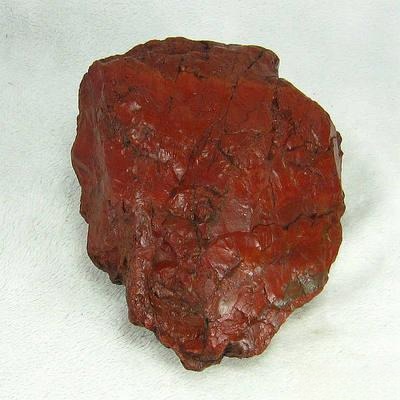
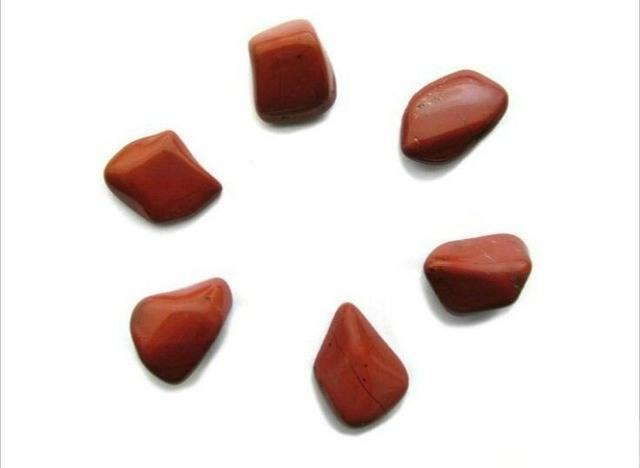
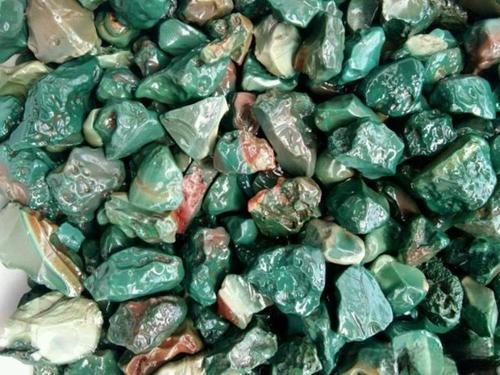
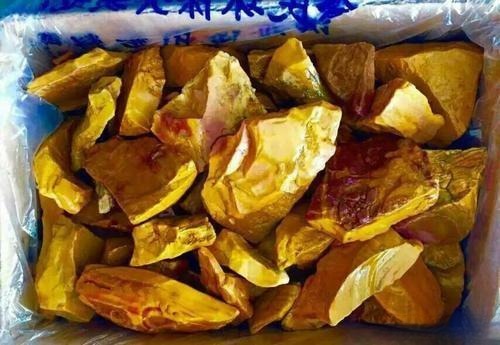
Characteristics
- Color and opacity
Jasper is nearly always opaque. Colors range from red, yellow, green, brown, and black to multicolor mixes. - Inclusions and impurities
These are the very reason jasper displays unique scenic, banded, or orbicular patterns. - Commercial naming
Names often reflect colors, patterns, or origins: “Ocean Jasper,” “Bloodstone,” “Bumblebee Jasper,” etc. - Hardness
6.5–7 on the Mohs scale, but brittle compared to jade, which limits carving potential.
Popular Varieties of Jasper
- Red Jasper : Deep brick-red due to hematite. Most specimens are opaque. Often confused with South Red Agate, which has higher translucency. India is a well-known source of Blood Drop Jasper.
- Green Jasper: Dark green with streaks or spots, often used for carvings.
- Bumblebee Jasper: Bright yellow with black banding, typically from Indonesia.
- Bloodstone: Green base with red spots (hematite), resembling drops of blood.
- Ocean Jasper: From Madagascar, with orb-like and scenic patterns, highly collectible.
- Picture Jasper: Scenic landscapes or natural “paintings” formed by multi-color bands.
- Alxa “Colorful Jasper” (阿拉善彩玉): A Chinese jasper type from Inner Mongolia, valued for its vibrant colors and carving quality.
Jasper Image Gallery:
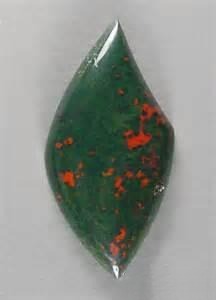
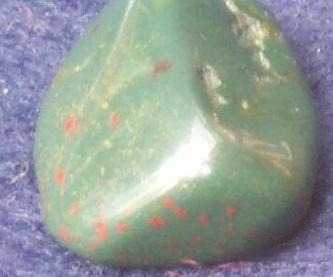
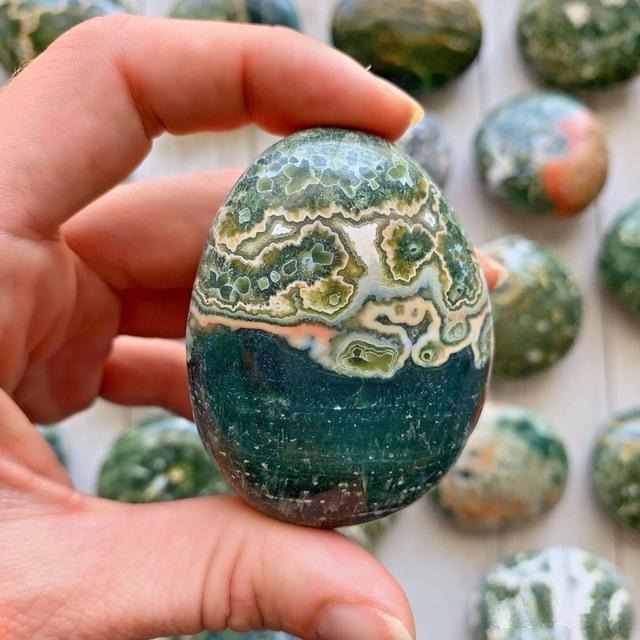
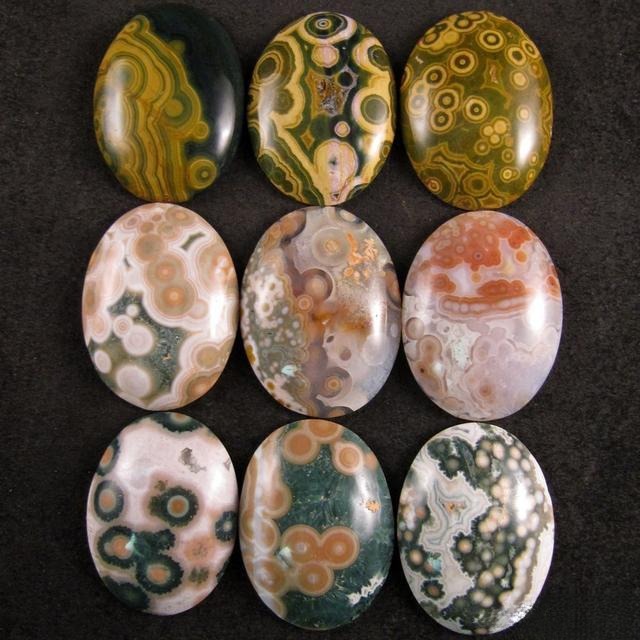
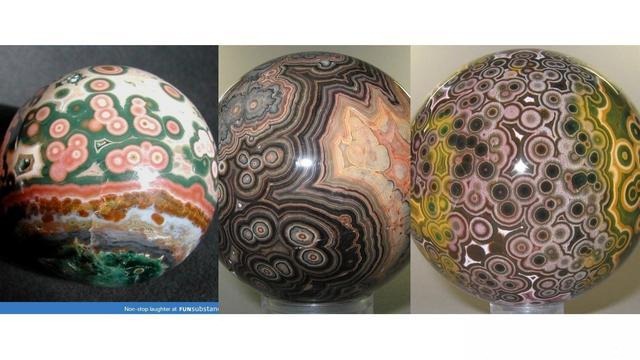
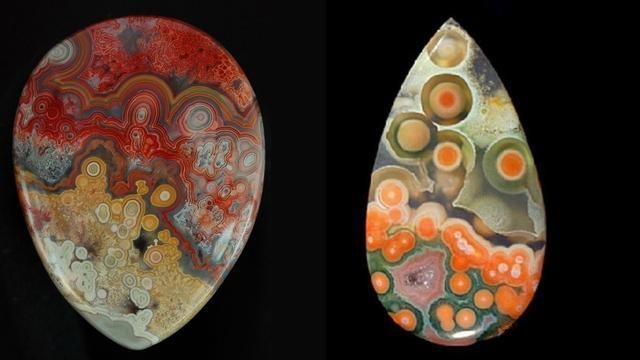
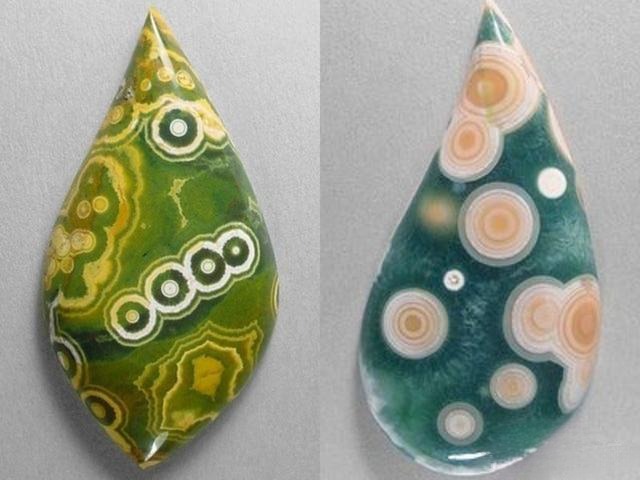
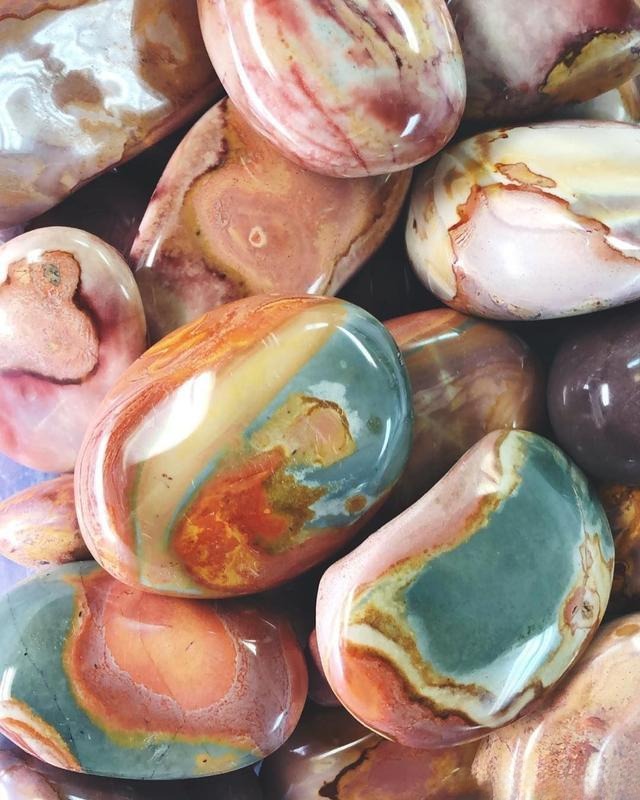
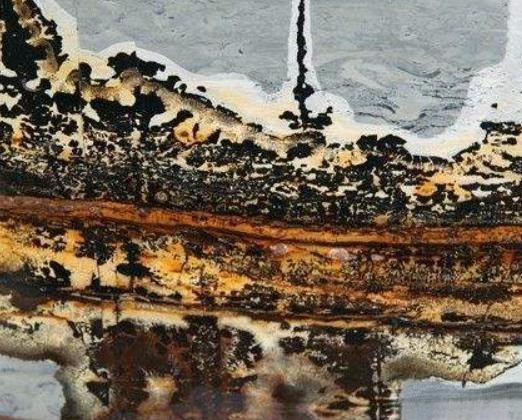
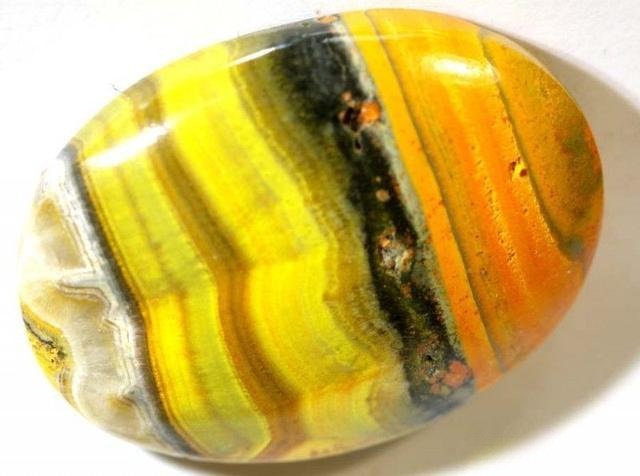
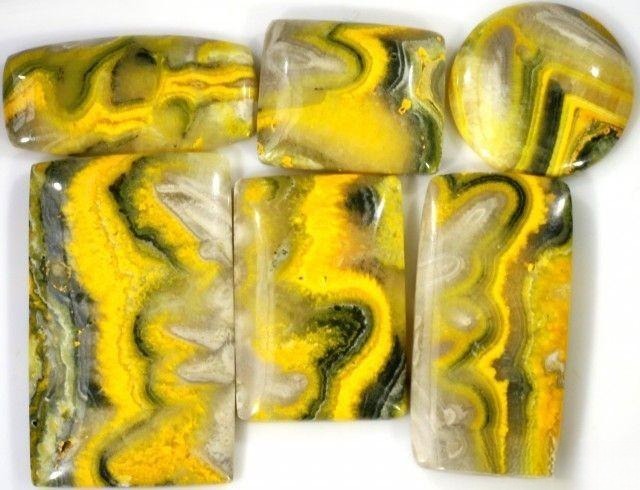
Bumblebee Jasper from Indonesia with yellow, black, gray, and white patterns, resembling the striking colors of a bumblebee
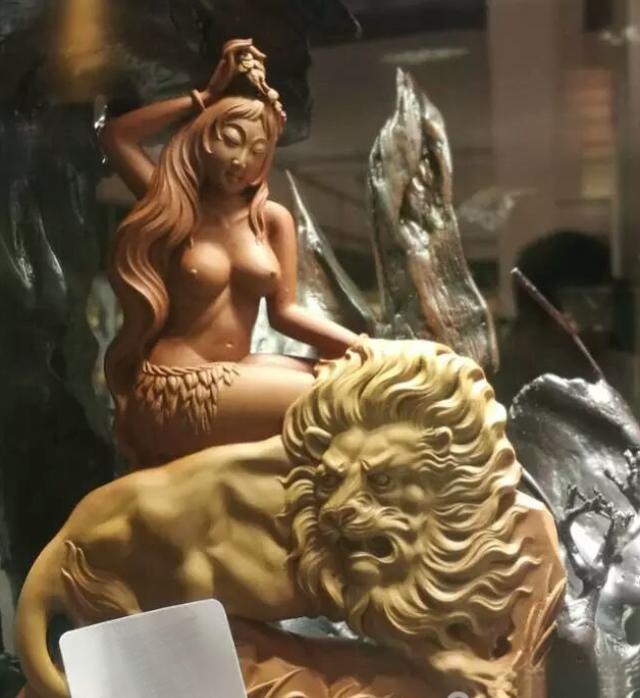
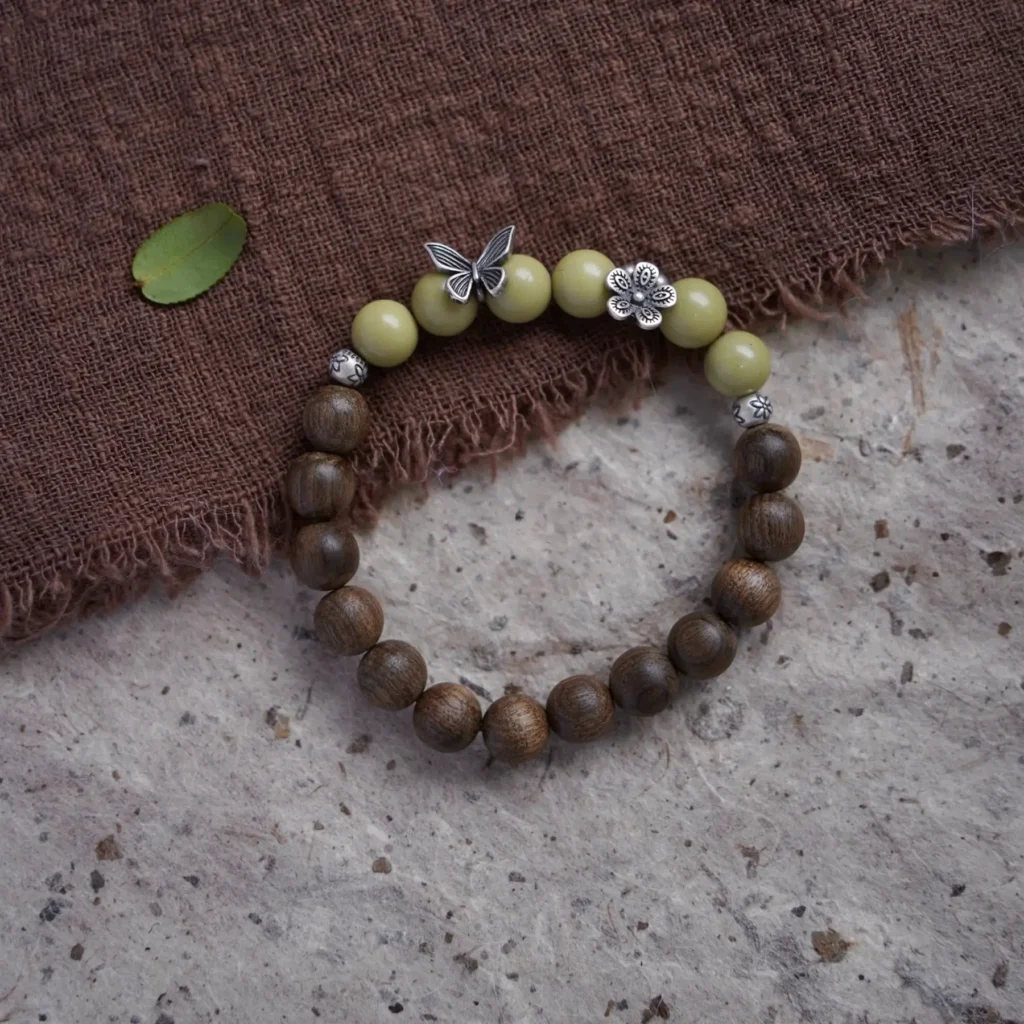
Value drivers: uniqueness of patterns, richness of color, and visual appeal.
The Truth About “Red Jasper”
In the jasper family, red jasper stands out due to its iron oxide content. Its deep red or brick-red appearance often leads to confusion with South Red Agate.
- Red Jasper → fully opaque, muted red tone.
- South Red Agate → translucent to semi-translucent, vivid and glowing red.
So, when we talk about “red Bi Yu” in this context, we are specifically referring to red jasper, not jade.
Practical Tips: Avoiding Misunderstandings in Jasper vs Nephrite Jade
| Situation | Goal | Recommended Question/Term |
|---|---|---|
| Buying bangles / high-value jade | Confirm nephrite system origin | “Is this nephrite Bi Yu? Russian or Canadian?” |
| Buying semi-precious jewelry | Confirm quartz-based jasper | “Is this natural jasper? Is the color untreated?” |
Jasper vs Nephrite Jade: Two Distinct Aesthetic Journeys
- Nephrite Bi Yu (Hetian Jade family): prized for purity of green color, oiliness, and translucency. Market value is strongly tied to origin.
- Quartz Jasper (Jasper): admired for patterns and artistic expression, more like nature’s abstract paintings.
Though they share the same Chinese name, their cultural meaning, mineral identity, and value systems are worlds apart. Understanding these differences not only prevents costly mistakes but also deepens our appreciation of the diverse beauty hidden within the name “Bi Yu.”
Peonyjewels: Transforming Your Gems into Timeless Masterpieces
In the end, whether you admire the deep green glow of Russian nephrite or the unique textures of jasper, what matters most is how the piece resonates with your own sense of beauty and culture. Just as jade carries centuries of symbolism, jewelry should feel personal and meaningful—something that tells your story every time you wear it.
At Peonyjewels, we embrace this philosophy and incorporate it into every custom design. We transform your cherished gemstones, whether Bi Yu or Hetian jade, into timeless works of art.
Alternatively, you can explore Peonyjewels’ designed collection of handmade vintage earrings .Each piece showcases a unique, original design created to add a distinctive and meaningful beauty to your everyday style.

